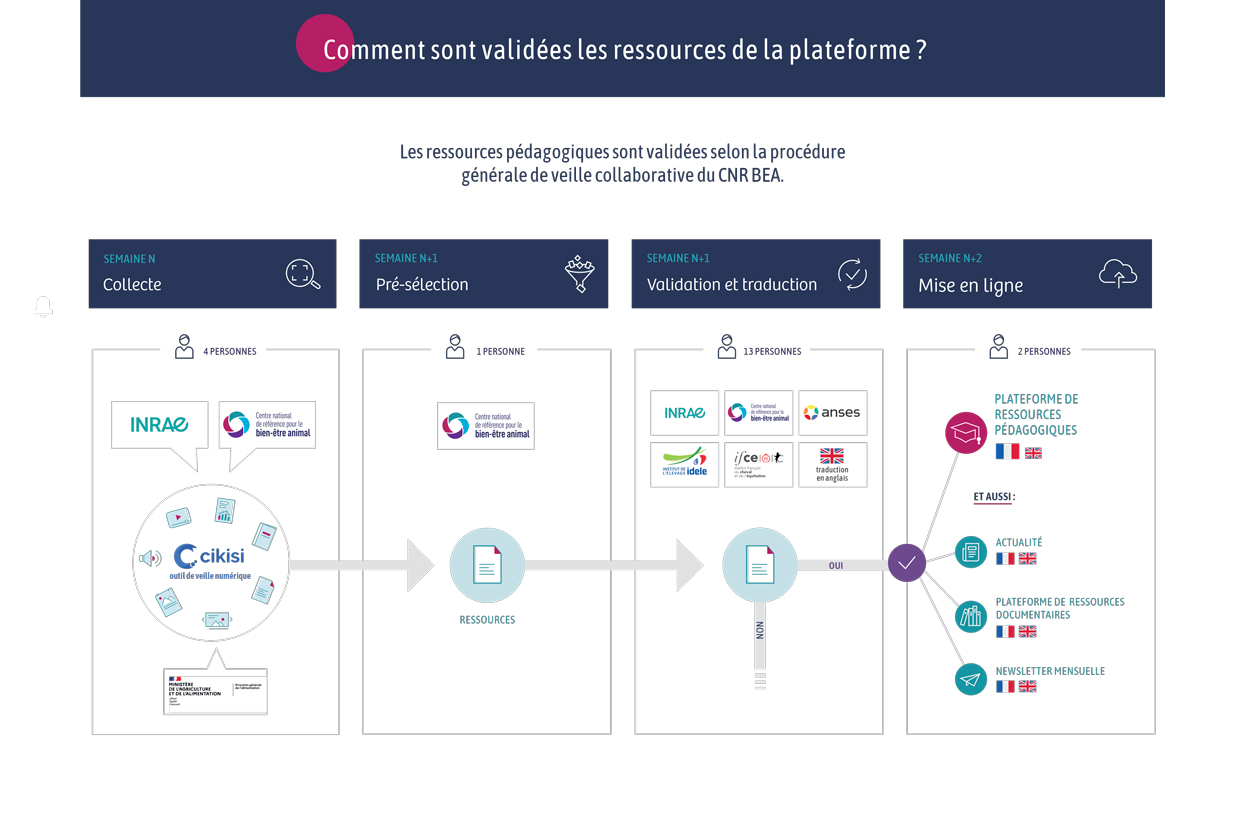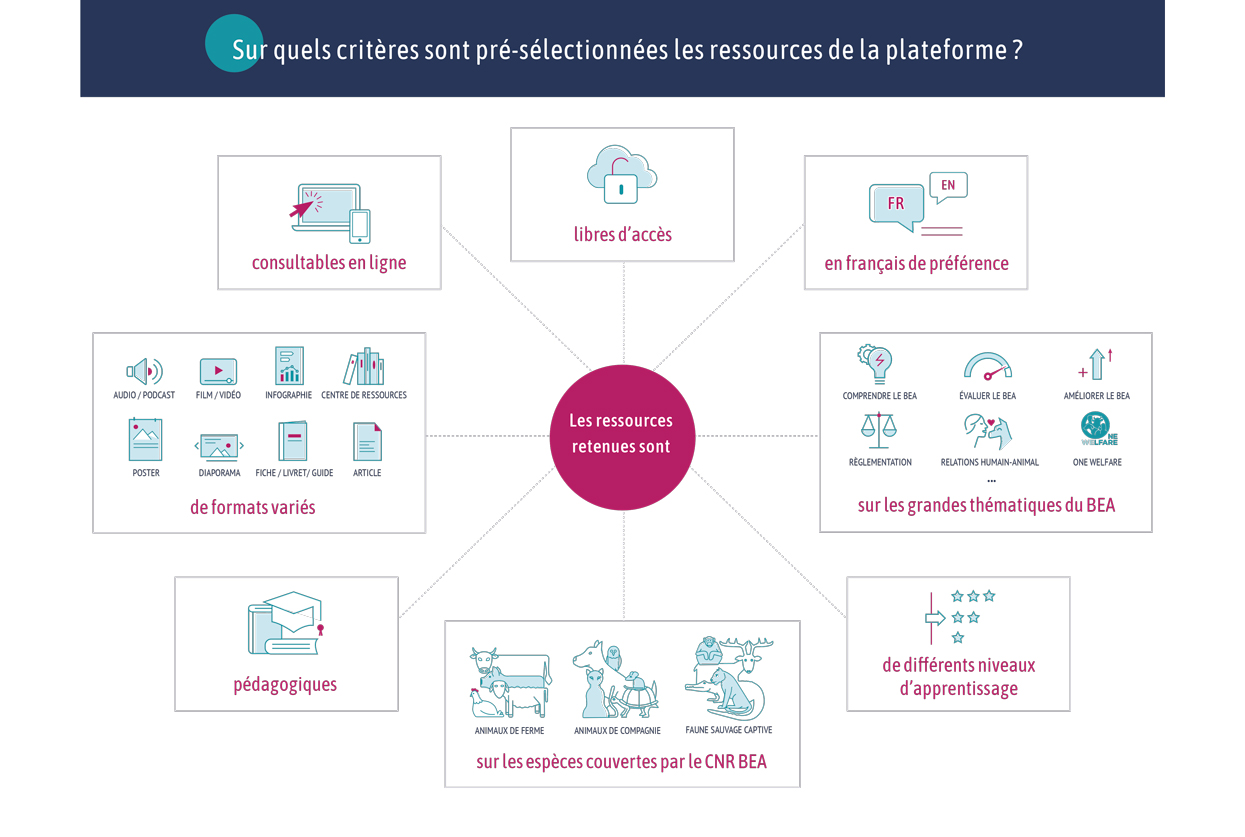Document type: Scientific article published in Animals
Authors: Vanessa Souza Soriano, Clive Julian Christie Phillips, Cesar Augusto Taconeli, Alessandra Akemi Hashimoto Fragoso, Carla Forte Maiolino Molento
Preview: We aimed to study the gaps between the law and sheep farmer and citizen opinions regarding animal abuse by discussing the risk of sheep abuse in regular farming practices in Southern Brazil. We surveyed the perception of 56 farmers and 209 citizens regarding general animal and specific on-farm sheep abuse issues. The main themes from these two groups about the key components of animal abuse were similar: failing to provide for the basic animal needs (27.0%; 96 of 355 total quotes) and aggression or physical abuse (23.9%; 85/355). However, citizens (19.8%; 60/303) were more sensitive than farmers (9.6%; 5/52) to animal stress, suffering, fear, pain or painful procedures (p < 0.05). The perspective of citizens was closer than that of farmers to expert definitions for three situations: emaciation, movement restriction and tail docking without anesthetic use (p < 0.05). More citizens (71.6%; 116/162) than sheep farmers (49.0%; 24/49) believed that animal abuse occurs in sheep farming (p < 0.05), but nearly half of the farmers recognized sheep abuse within regular production practices. Most citizens (86.4%; 140/162) and all farmers (100.0%; 0/51) were unaware of any Brazilian animal protection law. Most citizens (79%; 131/167) stated that they would not purchase products from animals exposed to abuse. We suggest painful procedures as a major risk of animal abuse in sheep farming and a priority issue. With the many decades of animal protection laws and scientific recognition of animal sentience and welfare requirements, the level of cognitive dissonance and practical contradictions observed in our results indicate that mitigation policies are urgently needed.




